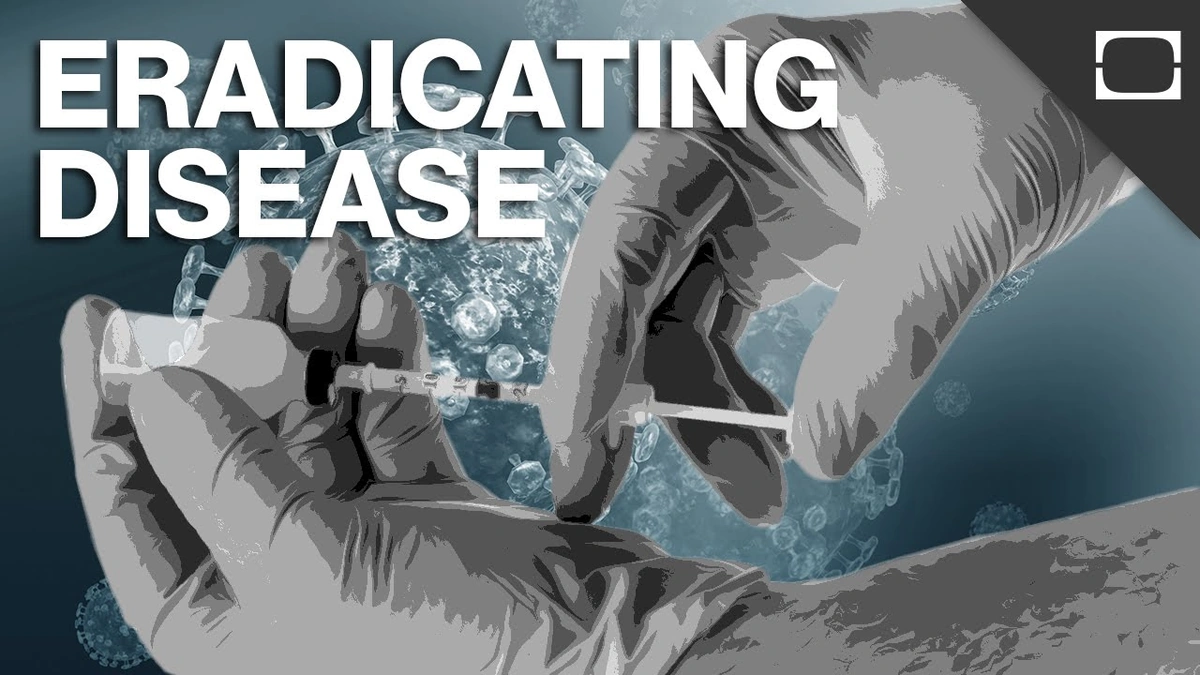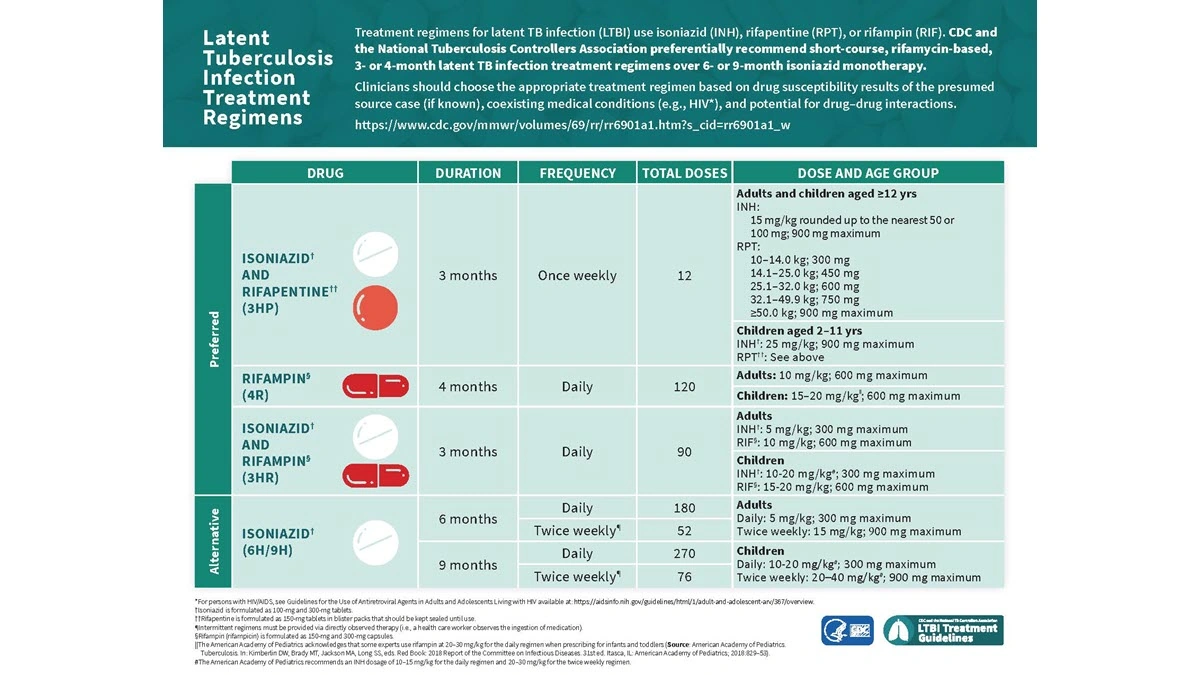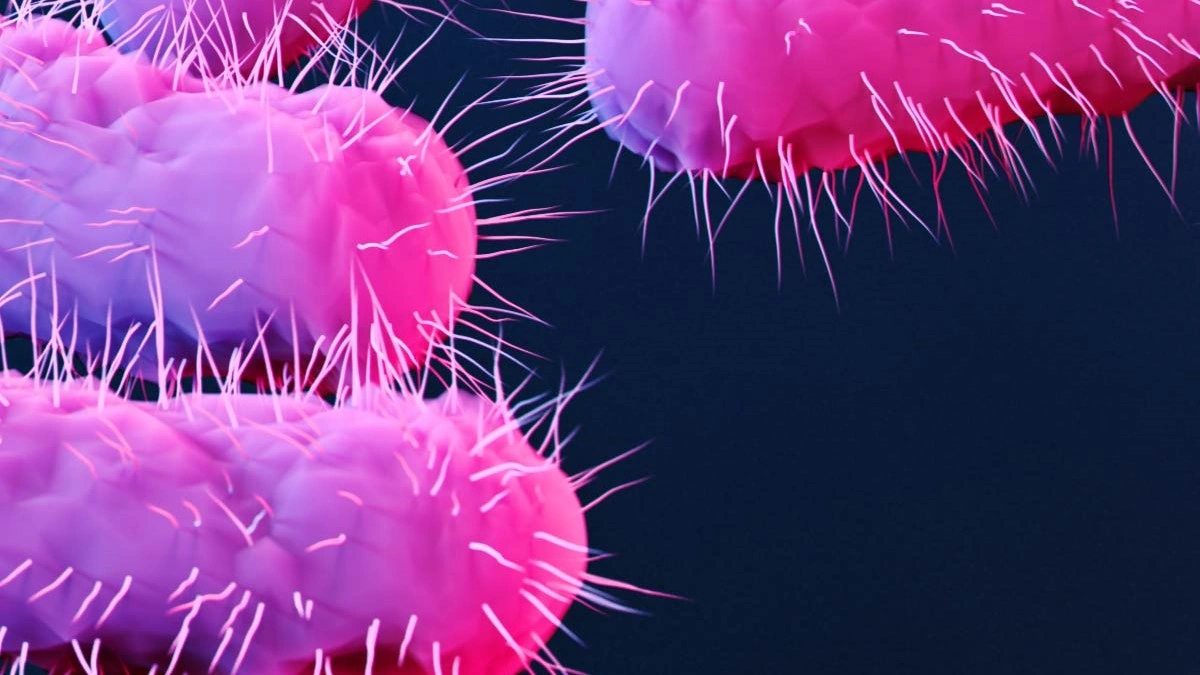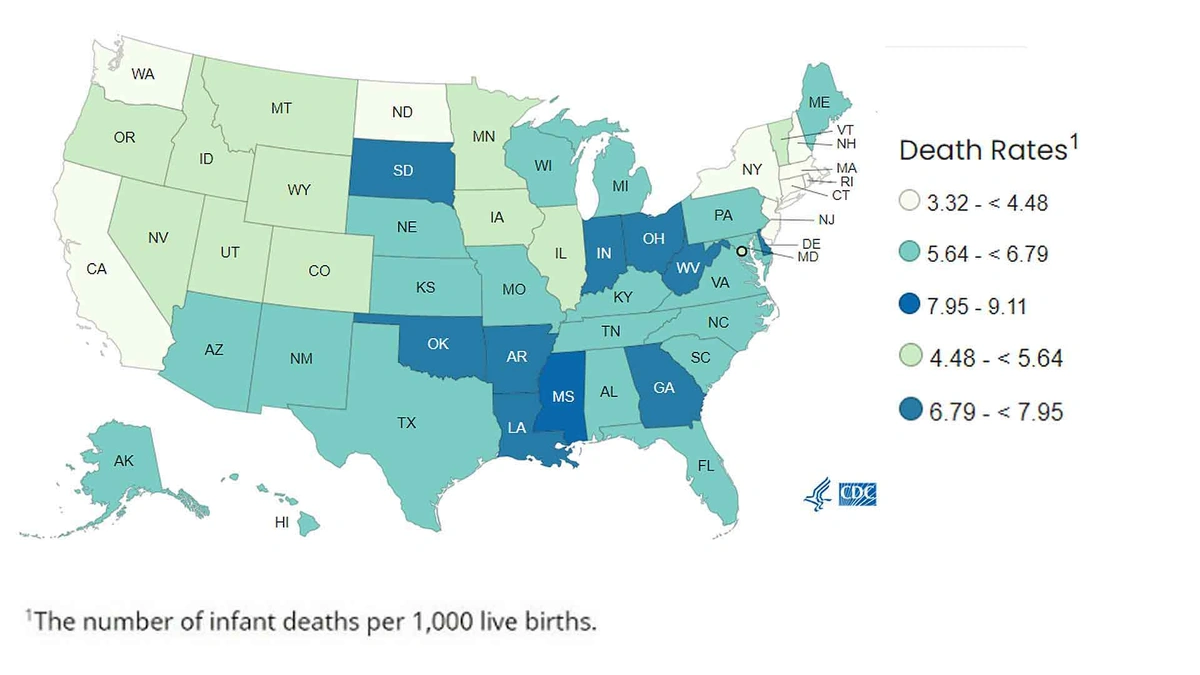Maldives First Nation to Eradicate 3 Mother-to-Child Diseases
Okay, let’s be honest – headlines about disease elimination can feel a bit… dry. But this news out of the Maldives? It’s HUGE, and not just for the island nation. It’s a beacon of hope, a blueprint, and frankly, a bit of a mic-drop moment for global health. The Maldives have officially eliminated mother-to-child transmission of HIV, syphilis, and rubella. Three diseases wiped out in one fell swoop. Now, the question isn’t just what they did, but how – and, more importantly, why it matters to India. Let’s dive in.
The “Why” | A Lesson in Public Health Triumphs
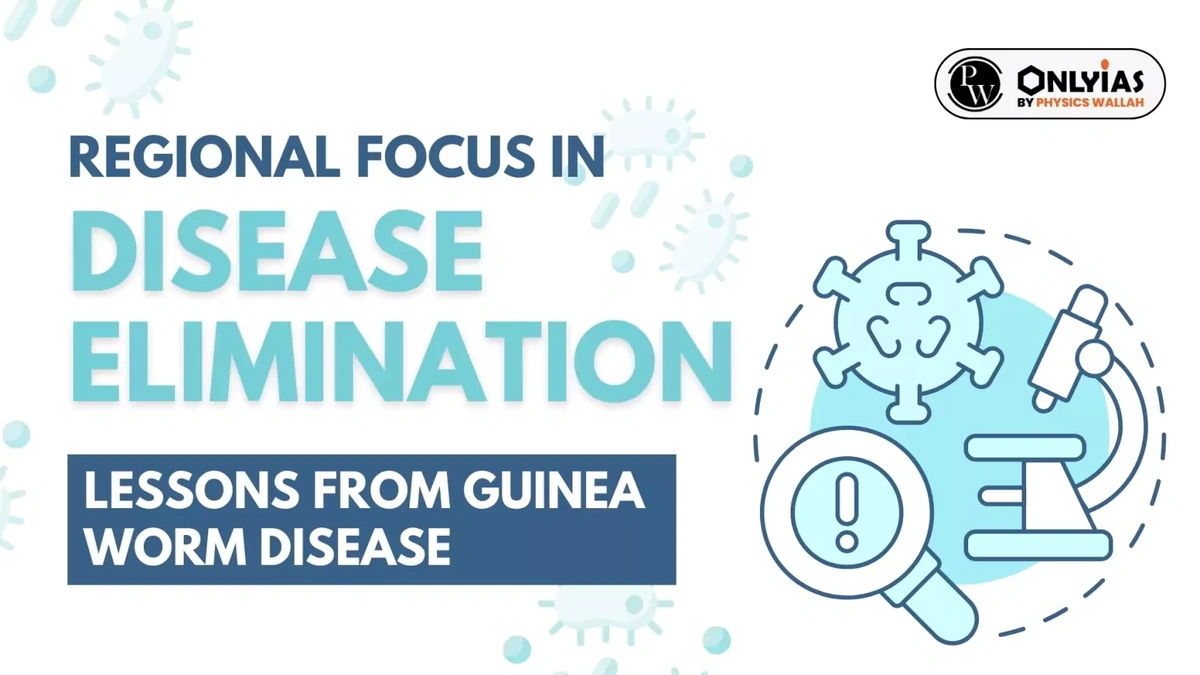
So, why should we in India care about the Maldives’ success in eliminating congenital diseases ? Because it proves something incredibly powerful: with the right strategy, resources, and political will, seemingly insurmountable health challenges can be overcome. This isn’t just about bragging rights for the Maldives (though they absolutely deserve them). It’s about a scalable model that other nations – including India – can adapt and implement.
Here’s the thing: mother-to-child transmission is a particularly insidious problem. It’s not enough to treat the parent; you have to prevent the disease from ever reaching the child. This requires a multi-pronged approach: early detection through prenatal screening, effective treatment for infected mothers, safe delivery practices, and, crucially, ongoing monitoring and support. It’s about preventing vertical transmission , which is quite a complex process.
But the real ‘why’ goes even deeper. It’s about social justice. Every child deserves a healthy start in life. Eliminating these diseases isn’t just a medical achievement; it’s a moral imperative. And when a country prioritizes the health of its most vulnerable citizens – mothers and children – it sends a powerful message about its values.
The “How” | Deciphering the Maldives’ Strategy
Now, let’s get down to the nitty-gritty. How did the Maldives actually pull this off? It wasn’t magic. It was a combination of factors, including a strong primary healthcare system, high rates of antenatal care attendance, and effective screening and treatment programs. According to the World Health Organization (WHO) , a key element was their commitment to universal healthcare access. This means that all pregnant women, regardless of their socioeconomic status, have access to the services they need to prevent mother-to-child transmission. Here are some important steps:
- Early Screening: Widespread and accessible prenatal testing for HIV, syphilis, and rubella.
- Effective Treatment: Prompt and effective treatment for infected mothers, often involving antiretroviral therapy for HIV.
- Safe Delivery Practices: Ensuring safe delivery practices to minimize the risk of transmission during childbirth.
- Postnatal Care: Providing postnatal care and support to both mothers and infants.
A common mistake I see in public health initiatives is the lack of consistent follow-up. The Maldives excelled in this area, ensuring that mothers and children received ongoing support and monitoring to prevent re-infection. This also involved robust disease surveillance programs to monitor the spread of infections. Check out more stories like this one .
India’s Opportunity | Scaling Up and Learning From Success
So, how can India apply these lessons? India faces a much larger and more complex public health landscape than the Maldives. But that doesn’t mean we can’t learn from their success. In fact, we must learn from their success. The key is to adapt their strategies to our specific context, focusing on strengthening our primary healthcare system, improving antenatal care coverage, and ensuring that all pregnant women have access to quality screening and treatment services. The government has already started several initiatives to reduce perinatal infections ; this just adds more fuel to the fire.
One area where India could significantly improve is in data collection and analysis. The Maldives’ success was partly due to their ability to accurately track and monitor the spread of these diseases. We need to invest in better data systems to identify hotspots, target interventions effectively, and measure our progress. Here’s another angle: community engagement. The Maldives actively involved communities in their elimination efforts, raising awareness, promoting testing, and providing support to infected mothers. We need to do the same in India, working with local leaders, NGOs, and community health workers to reach the most vulnerable populations.
Addressing Challenges and Building Resilience
Let’s be real – eradicating infectious diseases isn’t a one-time thing. It requires constant vigilance and ongoing investment. The Maldives faces challenges like climate change, which could disrupt their healthcare system and increase the risk of disease outbreaks. India faces similar challenges, as well as issues like poverty, inequality, and limited access to healthcare in rural areas. Building resilience is key. We need to strengthen our healthcare systems to withstand shocks, invest in research and development to develop new tools and technologies, and promote health literacy among the population.
I initially thought that the process of eradicating a disease was a relatively simple process that occurred linearly; however, after researching more, I realized it is a complex, multi-layered, and interconnected effort that is anything but simple and linear.
The Emotional Angle | Hope for a Healthier Future
Beyond the data and the strategies, there’s an emotional dimension to this story. The Maldives’ achievement is a testament to the power of hope. It shows that even the most daunting health challenges can be overcome with determination, innovation, and compassion. For parents in India, this news offers a glimmer of hope – a vision of a future where their children are free from the threat of preventable diseases. Let’s not forget about the mental load that is placed on parents and mothers as they think about disease prevention and maternal health services .
It is a future where every child has the opportunity to reach their full potential, unburdened by illness and disease. And that, my friends, is a future worth fighting for.
FAQ Section
Frequently Asked Questions
What exactly does “elimination” mean in this context?
It means reducing the incidence of these diseases to such a low level that they are no longer a public health problem.
How can pregnant women in India get tested for these diseases?
Most government and private hospitals offer prenatal screening for HIV, syphilis, and rubella.
What if I’m diagnosed with one of these diseases during pregnancy?
Early treatment can significantly reduce the risk of transmitting the infection to your baby.
Is disease eradication and disease elimination the same thing?
Although the terms are often used interchangeably, disease eradication refers to permanently reducing the worldwide incidence of a disease to zero, while disease elimination is just reducing a specific region’s incidence to zero.
Are the Maldives still taking preventative measures to ensure these diseases stay eliminated?
Yes. The Maldives is constantly monitoring the diseases in question and proactively taking steps to ensure they do not re-emerge.
What fascinates me is not just the fact that the Maldives achieved this milestone, but the ripple effect it can have. It’s a reminder that even small nations can lead the way in global health, inspiring others to dream bigger and work harder. It’s proof that progress is possible, even in the face of seemingly insurmountable challenges. And it’s a call to action – a challenge to India to step up its efforts and ensure that every child has a healthy start in life. Take a look at even more trending health stories .
